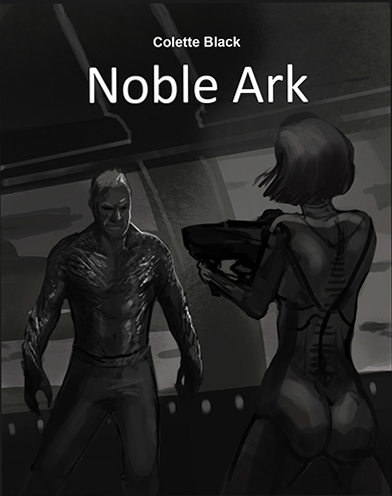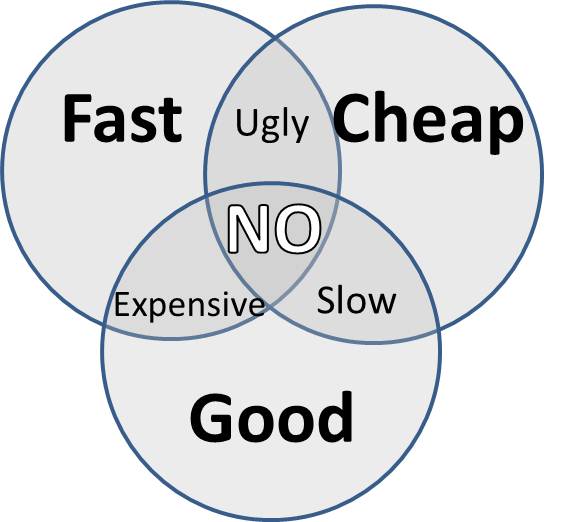Contrary to popular belief, you as a writer don’t have to keep every single piece of paper or e-mail or e-documentation that comes your way. And you especially don’t have to keep it forever. However, just like any business owner out there, you need to have a good idea as to what kind of records you need to keep, and you need to have some idea as to how long they should be kept.
This gets down to the nitty-gritty, detailed, organized, obsessive, and—dare I say it—boooooriiiiing part of being a writer. Keeping your records updated, filed, and organized is a necessity; particularly in a profession that undergoes regular and sometimes heightened scrutiny from the taxing authorities, and also has to deal with contracts.
Get Organized
Yes, you absolutely need an organized filing system. No, it doesn’t need to be very complicated, as long as it’s logical. It can be totally paper based, or totally electronic, or both. But it has to exist, and you have to maintain it, or the risk of you getting into trouble really escalates.
You can go totally electronic: scan all your documents into digital memory, even your signed contracts. There is case law now that has established that a scan of a signed contract is just as valid a record of the agreement as the signed paper original which was scanned. And there are businesses out there that destroy their originals as soon as they are scanned. No drawers full of paper, no clouds of paper dust. But there are also disadvantages: you have to stay on top of the scanning and not let it pile up, or you never get it done; you have to keep your electronic files just as organized as you would the equivalent paper files; and you have to remember to back up all the files regularly. Daily, if you work frequently. Definitely every time you add, change, or delete data. More about that later.
You can go with all paper, but in the internet age, a hybrid combination of paper and electronic is more practical: keep your most important documents in paper, but go with electronic copies of correspondence, work notes, etc. But you still have to have an organization method, and you have to stay on top of the filing, both electronic and paper. And make sure the electronic records are backed up.
The big thing is to have a method, to be organized in a manner that works for you and is efficient. But make sure somebody else knows how you do things, because there are always those odd moments where you’re not at home and something needs to be found.
This is especially important when it comes to your financial records, since they will be the foundation of your tax filings. You can use an application such as QuickBooks, or you can just build all the revenue and expense records into a (relatively) simple spreadsheet. But you have to do it. And while you’re at it, whatever method you use, make sure it’s backed up frequently.
Myself, I organize everything by the writing project. Work notes, drafts, contracts, payments, mail (both e- and paper), everything except tax documentation gets put under the header of a project. I find it a simple yet convenient structure, because 99% of the time if I need to look something up, it’s the project name I’m going to be searching under. My tax forms and supporting documentation I organize by tax year.
Back It Up
And again I say, back everything up. If your house or office floods, or burns, or is robbed/vandalized, or is in hurricane country or tornado alley, and you’re in the middle of an IRS audit or a litigation about contract compliance when the disaster happens, just how valuable would that back-up file be to you?
Even if you like the paper records, there is good reason to scan all the important ones, such as your contracts, your tax returns, and all your current income and expense records. This will allow you to back them up in a cloud service such as Carbonite. If you don’t want to trust a cloud service, then at least copy the files to flash drives or an external hard drive and store them someplace else. That doesn’t mean in your bedroom closet, either. I mean someplace miles away from your location. If you or your spouse has a day job, take them there and bring the older ones back home.
In the words of the old platitude, don’t put your eggs all in one basket. Do something to mitigate the risk.
(Be sure to come back tomorrow for the conclusion!)


